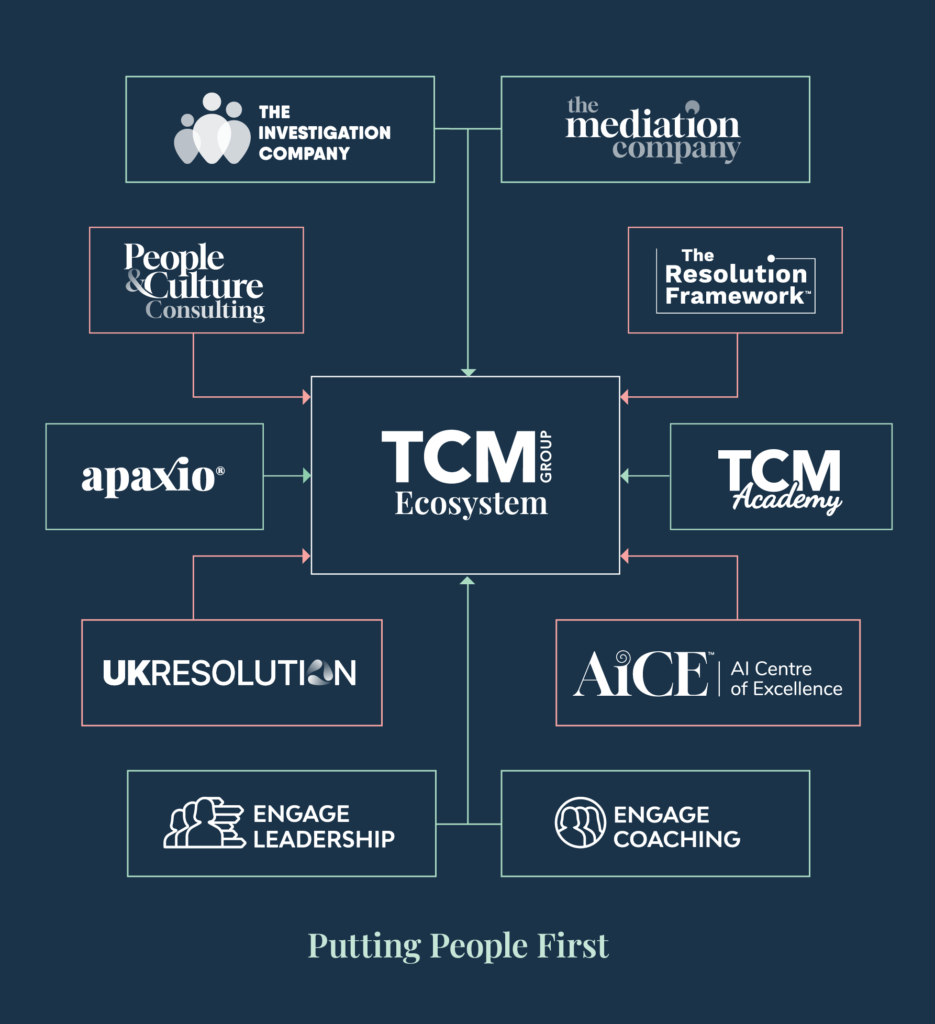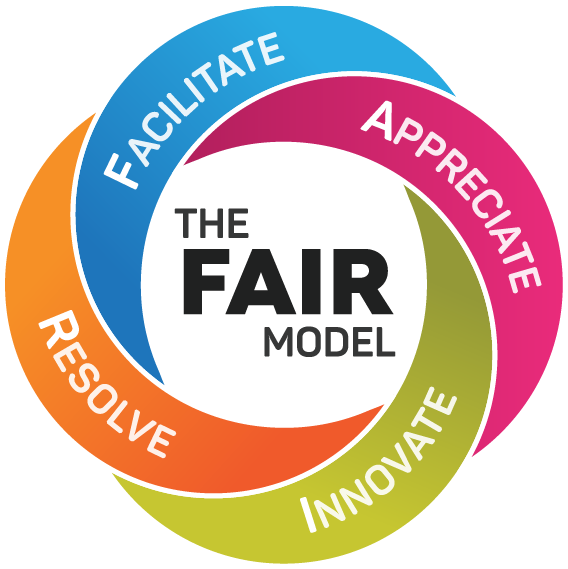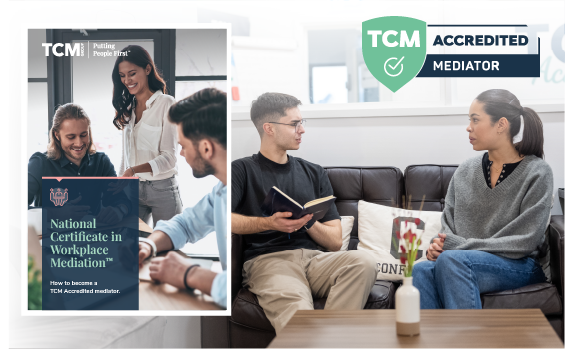
Download this case study


Read more case studies:
Reshaping Grievance Procedures
Tesco is the third-largest retailer in the world and the market leader of groceries in the UK, with over 360,000 employees. As of 2020, their gross revenue was over £64 billion. As with most multinational corporations, HR policies and procedures were deeply entrenched, alongside a rigorous code of conduct. Pete Hodgson, Head of Employee Relations at Tesco, worked extensively with The TCM Group in 2017 to revolutionise their outdated grievance procedures.
Targeting Issues
The formal grievance procedures in place at Tesco were seen to be harmful: situations often escalated, with counter grievances being raised, lengthy periods of sickness absence, numerous investigations and a great deal of time spent by HR and managers.
“Formal grievance procedures are an extraordinary waste of time.” PETE HODGSON, HEAD OF EMPLOYEE RELATIONS AT TESCO
A shift was needed to resolve interpersonal conflicts efficiently and effectively, balancing the need for managing the existing policy framework with a more proactive approach. Prior to collaboration with The TCM Group, employee relations worked solely to clear up the mess made by prolonged and complex disputes. Prior to his work at Tesco, Pete cited an example of a case he was involved in, highlighting the ineptitude of formal processes: a dispute lasted for a full year because a manager didn’t make an employee a cup of tea.
Communication was often stilted due to misperceptions, unable to challenge intentions behind behaviour or test assumptions due to the lack of focus on dialogue in formal litigation. In workplace conflicts, the relationship between intent and impact became confused, with traditional grievance procedures failing to address root issues.
“Modern HR and employee relations should be moving towards thinking about the root cause of issues; identifying what steps can be taken to prevent conflicts; and helping our managers to deal with issues at a much earlier stage.”
Making Resolutions
A movement towards people-led and values-based alternative dispute resolution, from reactive to proactive conclusion, was needed to ensure resolution was swift and successful. In a large company like Tesco, grievance procedures are often deeply embedded into the psyche of the organisation. As such, it was first important to ensure stakeholder and employee engagement with the transition: adult-to-adult conversations were first discussed extensively within the organisation to quiet any nerves.
“Anything that an organisation can do to reduce the fear of the conversation and make the parties feel comfortable to talk, the better. In a conflict, the relationship between intent and impact can become very confused. The traditional grievance procedure does not address that.”
Mediation presented a massive opportunity for Tesco to unify their people policies to the values of the organisation and their overall HR strategy. Tesco chose TCM to embed a bespoke in-house mediation scheme throughout the organisation, including:
- OCN accredited mediation skills training for 20 delegates.
- Ongoing support with setup, roll out and maintenance of an internal mediation scheme for 11,000 managers.
- An on-site mediation awareness workshop.
Emphasis was placed on TCM’s continued support and aftercare for those involved in the mediation scheme, regularly checking employee engagement and wellbeing.
Impacting Culture
Since transitioning to early resolution, both Pete and Tesco have become champions of mediation. No longer is mediation being overlooked within entrenched HR and ER processes, showing a real movement towards peoplefocused policies.
“Internal grievance processes and employment tribunals look for right and wrong or black and white. At least one part leaves those processes feeling harmed and let down. Mediation is the best way that I have seen to help employees, human beings, connect with each other. Mediation allows them to explore what their underlying needs are, how they are feeling and what value has been trodden on.”
Since developing an in-house mediation scheme, it is evident that employee wellbeing is at the pinnacle of company values. Pete feels that this shift has greatly enhanced the value of Tesco’s HR function, making sure that people are always put first.
Looking Forward
After the success of implementing mediation within Tesco, Pete is so passionate about the cause that he has urged others to follow suit. He has provided five tips for other organisations considering alternative dispute resolution:
- Take the time to get the data and the evidence to build your business case for mediation. An evidence-based approach can help to win people over. This data also acts a baseline to measure the impact of mediation.
- Secure the buy-in from senior managers and leaders. It is vital to have their full support and for mediation to be resourced properly.
- Don’t expect too much too quickly – take the time and have a plan with sensible and realistic objectives.
- Ensure that your front-line HR team are skilled in triaging cases and understand how to identify the right cases for mediation.
- Changing your grievance procedure and embedding alternative dispute resolution into your organisation will take time – don’t expect it to happen overnight.
Above all, it is imperative for Tesco to continue aligning its policies to its values through its ongoing support of employees. One of these core tenets is to treat people how they want to be treated.
“When people are comfortable to speak up and they know that they will be listened to, it creates a more engaged, more productive and more harmonious workplace.”










